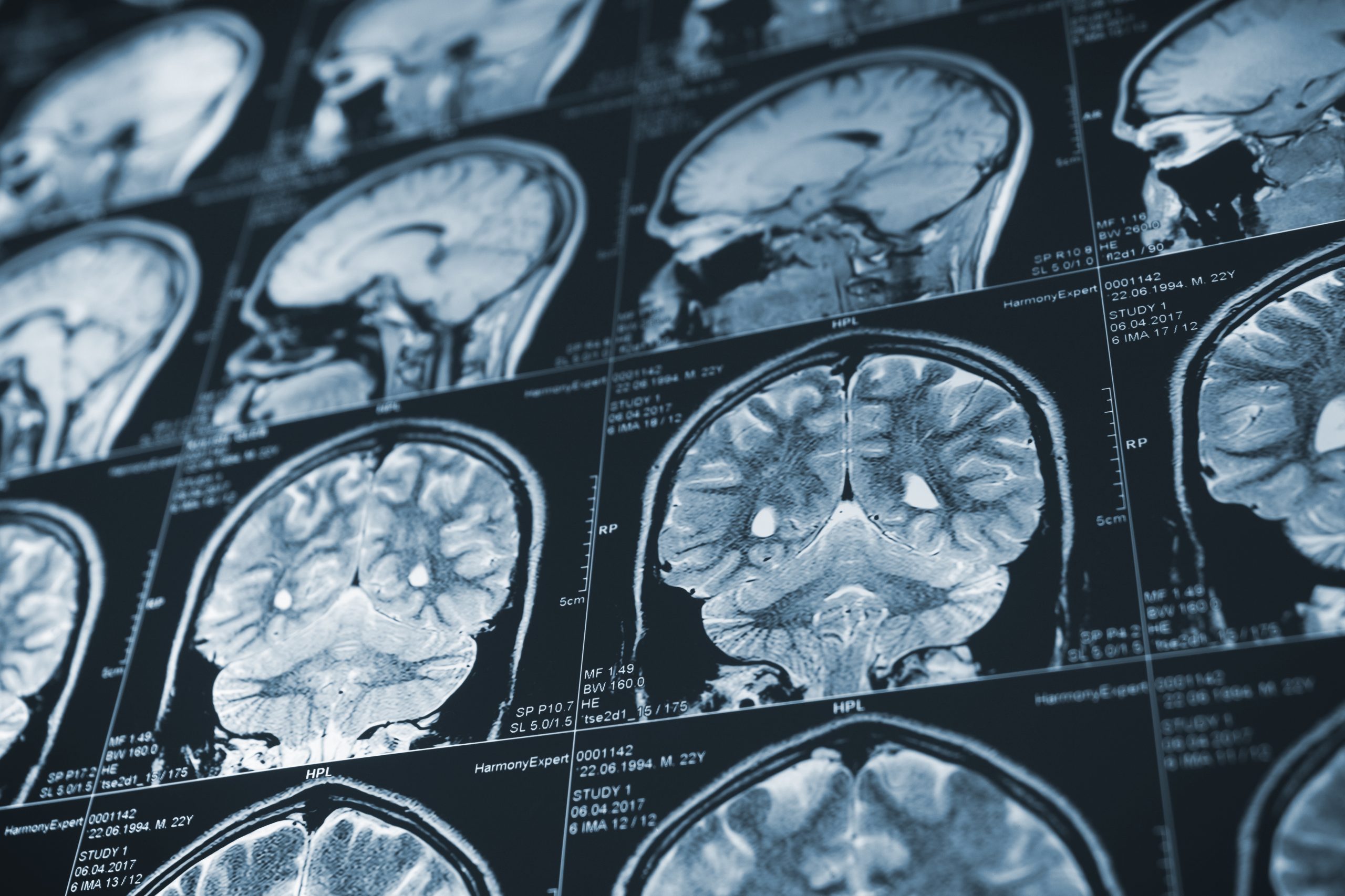January 22, 2020
Delirium or Acute Encephalopathy? Clearing up Common Coding Confusion

Acute encephalopathy is a global cerebral dysfunction in the absence of structural brain disease. The associated mental status changes are reversible when the underlying cause is corrected. Many patients that suffer from acute encephalopathy display changes in behavior such as confusion, disorientation, and other symptoms consistent with delirium.
However, this frequently results in incorrectly coding acute encephalopathy as delirium, which does not reflect how truly sick the patient is.
For this reason, it is vitally important to document and provide specifics about the cause of acute encephalopathy.
Common types include:
- Hepatic, a result of liver disease
- Toxic-Metabolic, a result of infections, toxins, or organ failure
- Septic, associated with a septic inflammatory response
- Hypertensive, a consequence of severely high blood pressure
- Hypoxic, an effect of a lack of oxygen to the brain
Acute encephalopathy and delirium are clinically similar, but for coding purposes, very different.
- Delirium is a low-weighted symptom; encephalopathy is a serious, high-weighted medical condition.
- Delirium is usually due to an underlying encephalopathy, and clinicians should document as such if clinically present.
- The diagnosis should warrant workup and treatment of the underlying condition.
- In dementia patients, if the altered mental status does not improve during the hospital stay, then encephalopathy is unlikely.
Clinicians’ words should accurately reflect the severity of illness and capture how truly sick a patient is. A few words can have a considerable impact on protecting the patient from a DRG downgrade.
Dr. Wagstaff presented on this topic in the Sound Advisory Services webinar, Strategies to Combat Inappropriate DRG Downgrades. Click here to watch the webinar.
